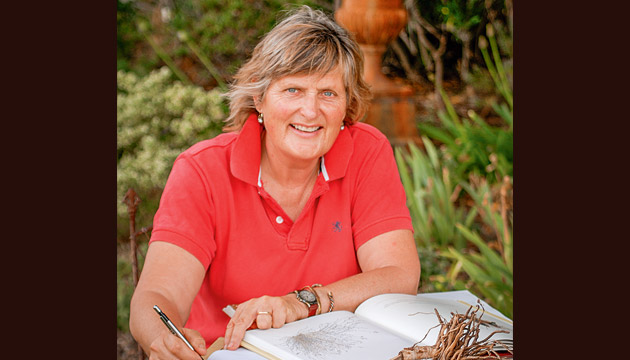A new, creative online resource is helping teachers – even those with no agricultural background – educate their students about the importance of the Liverpool Plains.
Story Ken Eastwood
At first blush, an artist with a PhD in creative practice may not seem like someone likely to have a hard-edged vision to ensure today’s teenagers know where their food comes from. But Robbie van Hemert calls herself a “research artist” – someone who finds out about a location or subject, and then combines science and art to express what she’s learnt to different audiences. A few years ago she developed a ‘land biography’ exhibition about the Liverpool Plains. The area is a 12,000 square kilometre food bowl on the north-western slopes of New South Wales dominated by cropping and grazing, and the subject of controversy in recent years because of ongoing battles about the fossil fuels under the surface. “It’s a vegie plot on an enormous scale,” Robbie says.
The ‘Majestic Food Plains’ exhibition, which travelled to Sydney in 2015, was designed for adults and included artworks alongside scientific information. But Robbie realised she also wanted another audience to understand the importance of the Liverpool Plains. So, with the help of a curriculum writer, she developed a versatile, packaged teaching unit that can be used for children in years 5 and 6, or years 7 and 8. It fits in with the rest of their curriculum.
“A lot of problems with city teachers is that they don’t know a lot about agriculture, so they’re a bit nervous about teaching it. They feel like they’re out of their depth,” Robbie says. “You can understand if you don’t know it yourself, you’d worry about teaching it. Well, this unit feeds the teachers.”
Through a series of interactive and creative activities, such as designing a new logo for the Liverpool Plains area, the unit helps students (and teachers) answer questions such as: what is a broadacre food bowl?; what should this place mean to everyday Australians?; and how many products am I currently consuming that can be traced to the Liverpool Plains?
This story excerpt is from Issue #113
Outback Magazine: June/July 2017










